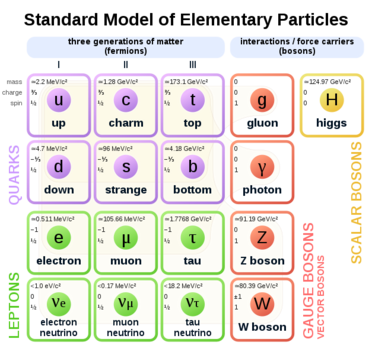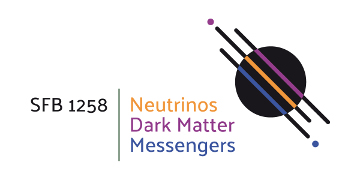N03 - Confronting neutrino mass models with cosmology and terrestrial experiments

In the Standard model of particle physics, the elementary matter particles are structured very clearly along their interactions with the elementary force carriers in two groups of equal numbers: the quarks and the leptons, which can be arranged into three generations, with each particle characterized by its mass, spin and charge. However, taking a closer look at the poperties of the particles, the very low mass of the neutrinos is striking. Neutrinos are much lighter than their charged family members, the electrons, muons and tauons, as well as the quarks. If these particles get their mass by the Higgs mechanism, why is the electron neutrino about one Million times lighter than the electron and a hundred of billion times lighter than the top-quark?
A very renowned theory explaining the neutrino mass is called the seesaw mechanism. So far, only left-handed neutrinos and right-handed anti-neutrinos have been observed. The postulated seesaw mechanism ties together the known left handed with hypothesized right handed neutrinos such that if you multiply the masses of both, their product is a constant. It immediately follows, that the lighter the left handed neutrino, the heavier the hypothesized partner. But so far, no such heavier, right handed neutrinos have been found.
As a theoretical understanding of the huge mass differences among the fermions ist still lacking, project N03 aims to study simultaneously all the qualitative differences between the lepton and the quark parameters, and discussing the implications for present and future experiments. Additionally, also possible connections of the mechanism of neutrino mass generation with other open questions in astroparticle physics, namely the nature of dark matter and the origin of the cosmic matter-antimatter asymmetry are planned to be investigated.
Ciscar Monsalvatje, Mar
Garbrecht, Björn
Harz, Julia
Ibarra, Alejandro
Mojahed, Martin
Wang, Edward


